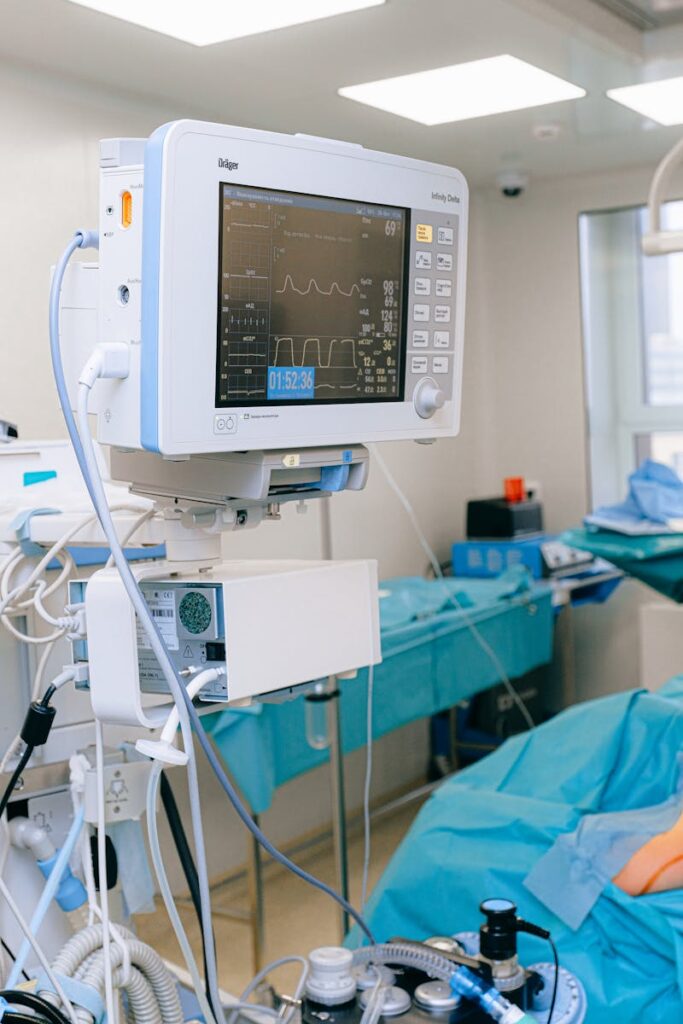Navigating the complex regulatory landscape of pharmacy registration in a new country requires detailed knowledge and strategic planning. For international pharmacy graduates seeking to establish their careers in Australia, understanding the precise requirements and processes is essential. The steps to pharmacist registration in Australia form a structured pathway designed to ensure that international pharmacists can safely and effectively integrate into the Australian healthcare system. This comprehensive process, while rigorous, has been developed to maintain the high standards of pharmaceutical care that Australian patients expect while providing clear milestones for international practitioners to achieve recognition of their professional qualifications.
Stage 1: Skills Assessment Application
Begin your registration journey by applying for a skills assessment through the Australian Pharmacy Council (APC). This initial step determines whether your international pharmacy qualification is substantially equivalent to an Australian pharmacy degree. Submit certified copies of your pharmacy degree, academic transcripts, registration certificates from your home country, and proof of English proficiency. The APC typically takes 6-8 weeks to process applications and issue an assessment outcome letter, which remains valid for two years.
The assessment criteria focus on curriculum content, duration of study, clinical components, and institutional recognition in your home country. Applicants whose qualifications are assessed as not equivalent may receive recommendations for bridging courses or additional education.
Stage 2: English Language Proficiency Demonstration
Effective communication is paramount in healthcare settings. International pharmacists must demonstrate English language proficiency through recognized tests such as IELTS (Academic), OET (Pharmacy), PTE Academic, or TOEFL iBT. The Pharmacy Board requires minimum scores in each test category, including reading, writing, speaking, and listening. These requirements ensure pharmacists can accurately communicate medication information, understand patient concerns, and collaborate effectively with healthcare teams.
Notably, exemptions may apply for applicants who completed their pharmacy degree in specified English-speaking countries or have extensive recent practice experience in English-language healthcare environments.
Stage 3: Knowledge Assessment of Pharmaceutical Sciences (KAPS) Examination
The KAPS examination evaluates your understanding of pharmaceutical sciences and pharmacy practice in the Australian context. This computer-based assessment consists of two papers: pharmaceutical sciences and pharmacy practice. Questions cover areas such as pharmacology, pharmaceutics, medicinal chemistry, therapeutics, pharmacy calculations, and Australian pharmacy law and ethics.
Candidates must pass both papers within a two-year period. The examination is conducted multiple times annually in various locations worldwide, allowing international candidates to complete this requirement before arriving in Australia.
Stage 4: Intern Training Program Enrollment
After successfully completing the KAPS examination, register with the Pharmacy Board of Australia as a provisional pharmacist (intern). This registration allows you to practice under supervision while completing the Intern Training Program (ITP). The program combines structured education with supervised practice, typically requiring completion of 1,824 hours of supervised practice over 12 months.
During your internship, you’ll work under a preceptor pharmacist who provides guidance, monitors your progress, and helps develop your professional competencies within the Australian healthcare context.
Stage 5: Oral Examination and Written Examination
Near the completion of your internship, undertake two final assessments: the written examination and the oral examination. The written examination tests your knowledge of pharmaceutical practice, therapeutics, and legal aspects of Australian pharmacy. The oral examination evaluates your clinical decision-making skills, communication abilities, and professional judgment through scenario-based questions and role-plays.
These assessments verify your ability to apply theoretical knowledge in practical scenarios and ensure you can function independently as a registered pharmacist.
Stage 6: Final Registration Application
Upon successful completion of all previous requirements, submit your final registration application to the Pharmacy Board of Australia. This application includes evidence of your completed internship hours, passed examinations, professional references, and a declaration of fitness to practice. After processing your application, the Board issues general registration, allowing you to practice independently anywhere in Australia.
This registration requires annual renewal, continuing professional development, and adherence to the Board’s standards and guidelines for professional practice.






